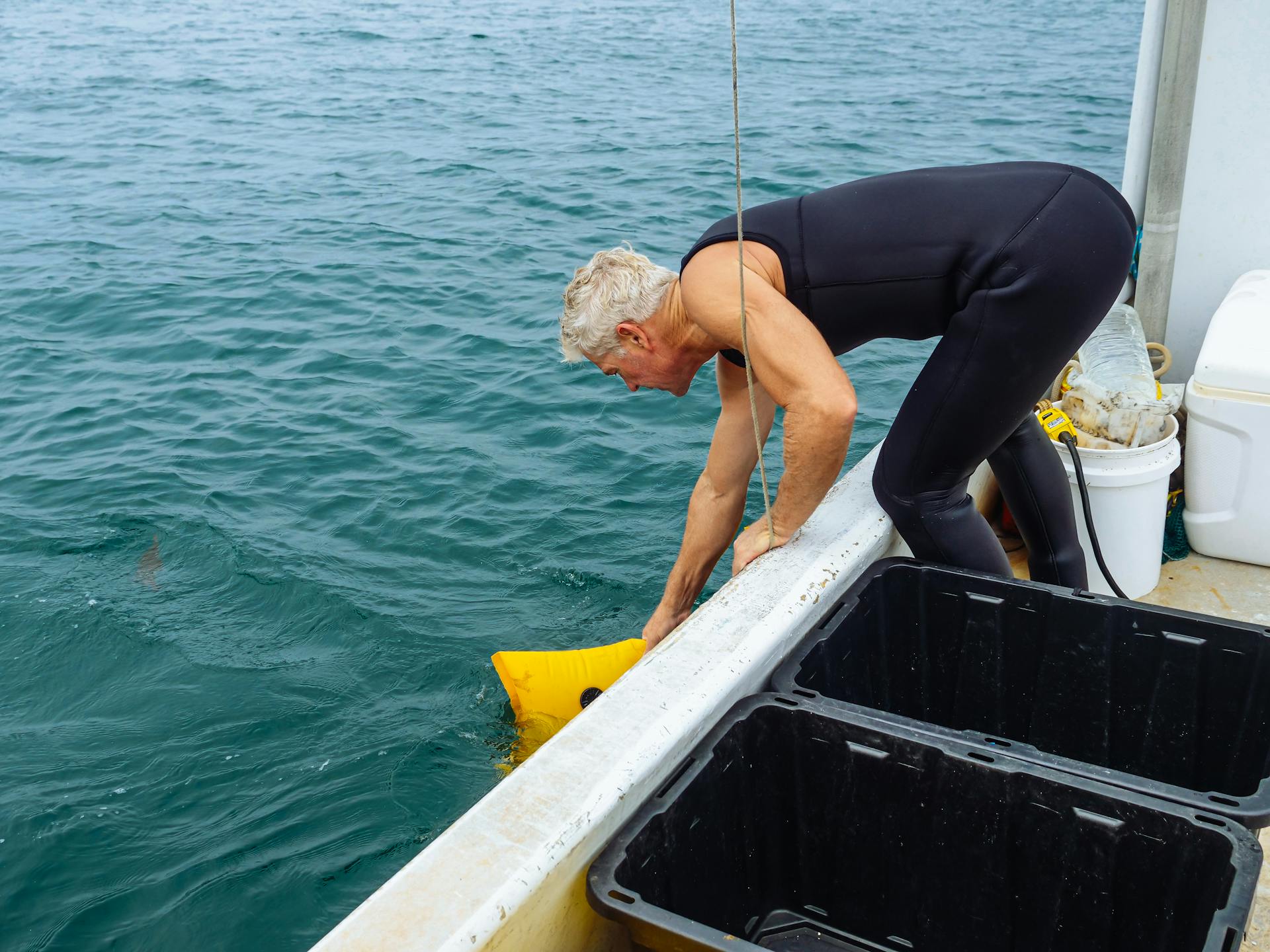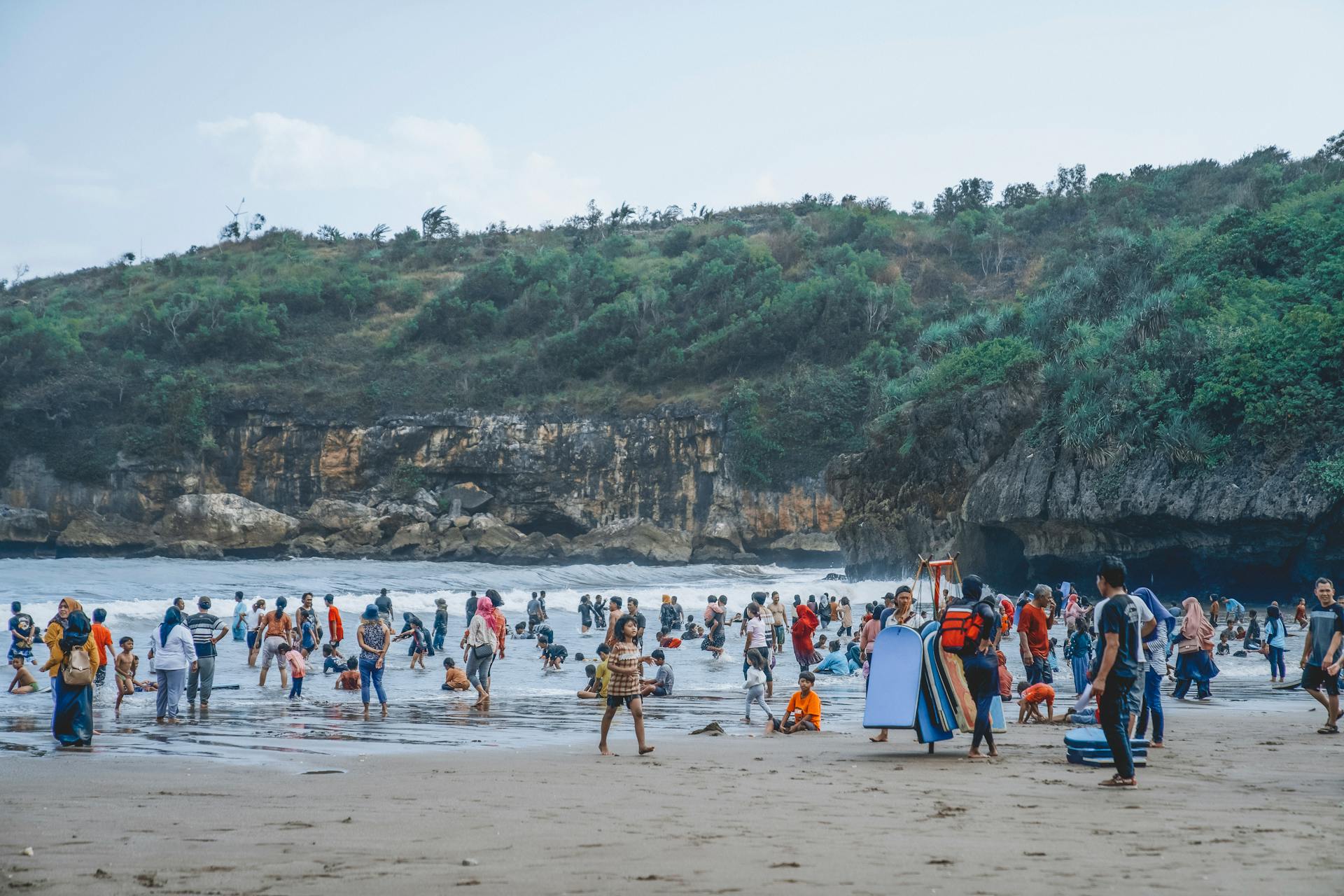
The MV Taku Alaska Ferry is retiring after an incredible 50-year run. It's hard to believe that this beloved vessel has been carrying passengers and cargo through the Inside Passage for five decades.
The MV Taku has had a long and storied history, and its impact on the community will be deeply felt. One of the ferry's most notable features is its ability to navigate through the narrow channels and fjords of Alaska's rugged coastline.
With a capacity to carry over 300 passengers and crew, the MV Taku has played a vital role in connecting communities and supporting local businesses. Its retirement marks the end of an era for many who have relied on the ferry for transportation and commerce.
Curious to learn more? Check out: Mv Coho Black Ball Ferry Line
History of MV Taku
The M/V Taku has a rich history that spans over four decades. Designed by Philip F. Spaulding & Associates, the vessel was constructed in 1963 by the Puget Sound Bridge & Dry Dock Company in Seattle, Washington.
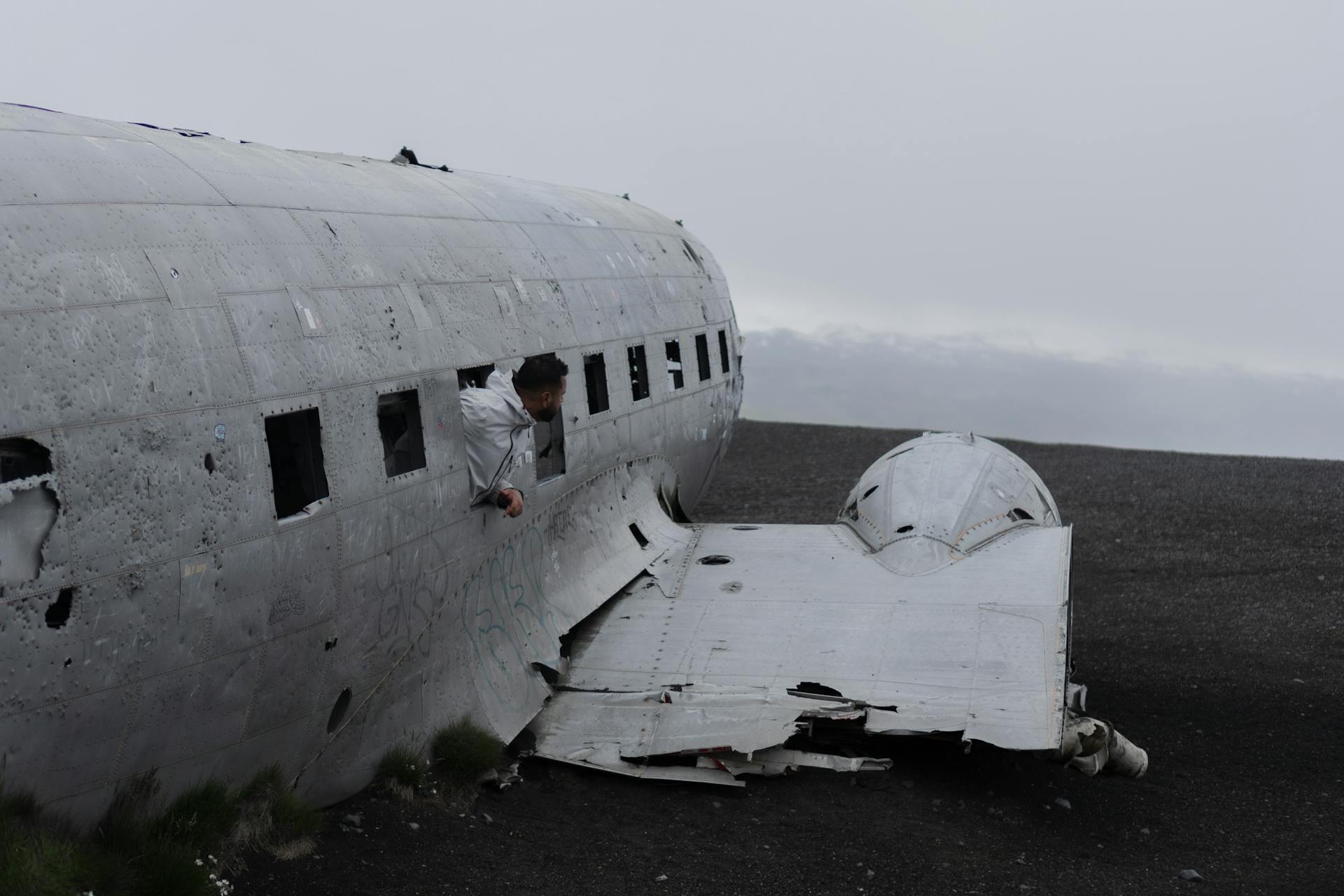
It was named after the Taku Glacier, located just southeast of Juneau, Alaska. This unique name has become an integral part of the ferry's identity.
The Taku has been in service steadily for over forty years, providing an essential transportation link for the region. In 1981, the vessel received a major refurbishment to ensure its continued operation.
Despite its age, the Taku remained in service until the summer of 2015 when it was laid up due to budget considerations.
Accidents and Incidents
The MV Taku has had its fair share of accidents and incidents over the years. On April 23rd, 1963, the Taku struck a rock outside Petersburg in a minus tide.
The damage was significant enough that she didn't return to service until May 3rd. I can only imagine how frustrating that must have been for passengers and crew.
On August 8th, 1963, two boys entered the wheelhouse when the Taku was preparing to leave Petersburg, and engaged the engines. This resulted in significant damage to the dock, leaving the vehicle loading ramp out of commission for three months.
A more serious incident occurred on July 29th, 1970, when the Taku ran aground on Kinihan Island, outside of Prince Rupert, Canada. Thankfully, all passengers on board were evacuated safely.
Here's a summary of the accidents and incidents mentioned:
- April 23rd, 1963: Taku struck a rock outside Petersburg in a minus tide.
- August 8th, 1963: Two boys entered the wheelhouse and engaged the engines, causing damage to the dock.
- July 29th, 1970: Taku ran aground on Kinihan Island, outside of Prince Rupert, Canada.
Notes and Photos
I've always been fascinated by the MV Taku, a beloved ferry that's been a part of Alaska's history. The MV Taku was sold to a Dubai company in 2018.
One interesting fact about the MV Taku is that it was beached for the summer in 2015. This was due to the Alaska Marine Highway's decision to explore alternative options.
The MV Taku played a significant role in Alaska's transportation system, and its sale was met with mixed reactions from the community. The ferry was a vital link between communities and provided essential services.
The MV Taku was designed by Philip F. Spaulding, who also designed other notable ships. One of his notable designs is the LeConte class of ships, which was also part of the Alaska Marine Highway.
Here's a list of some of the notable ships designed by Philip F. Spaulding:
- Malaspina class
- LeConte class
- Queen of Sidney
- Queen of Tsawwassen
- Queen of Sidney
- Queen of Tsawwassen
MV Taku's Final Voyage
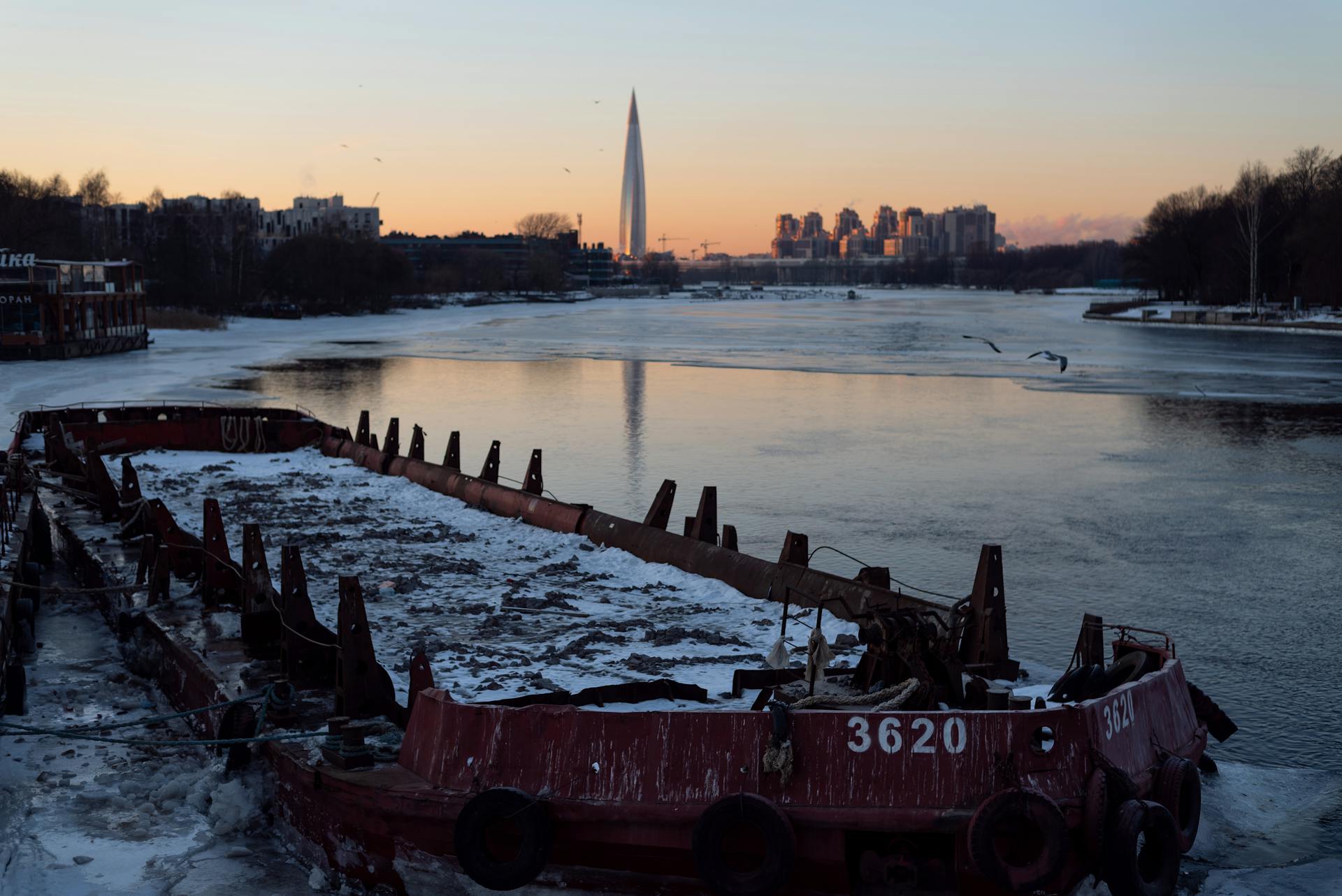
The MV Taku's final voyage is a bittersweet moment for many who have worked on the vessel. It's headed for Singapore after serving in the Alaska Marine Highway System since 1963.
The Taku left Ward Cove in southeast Alaska on Tuesday morning, marking the beginning of its journey to its new home. Some people gathered to say goodbye, including Bill and Wynn Hopkin, who both worked aboard the ship.
The ferry was sold for $171,000 to Jabal Al Lawz Trading Est., a Dubai-based company, in January.
Ferry Retires after 50 Years in Service, Alaska
The MV Taku served in the Alaska Marine Highway System since 1963, a remarkable 50 years of service.
The ship was a mainstay in Southeast Alaska, carrying rural residents to their hometowns and cargo carts stuffed with groceries and gifts.
The Alaska Department of Transportation sold the Taku to Evans' company in January for $171,000, after deciding the ship was no longer needed for the state ferry system.
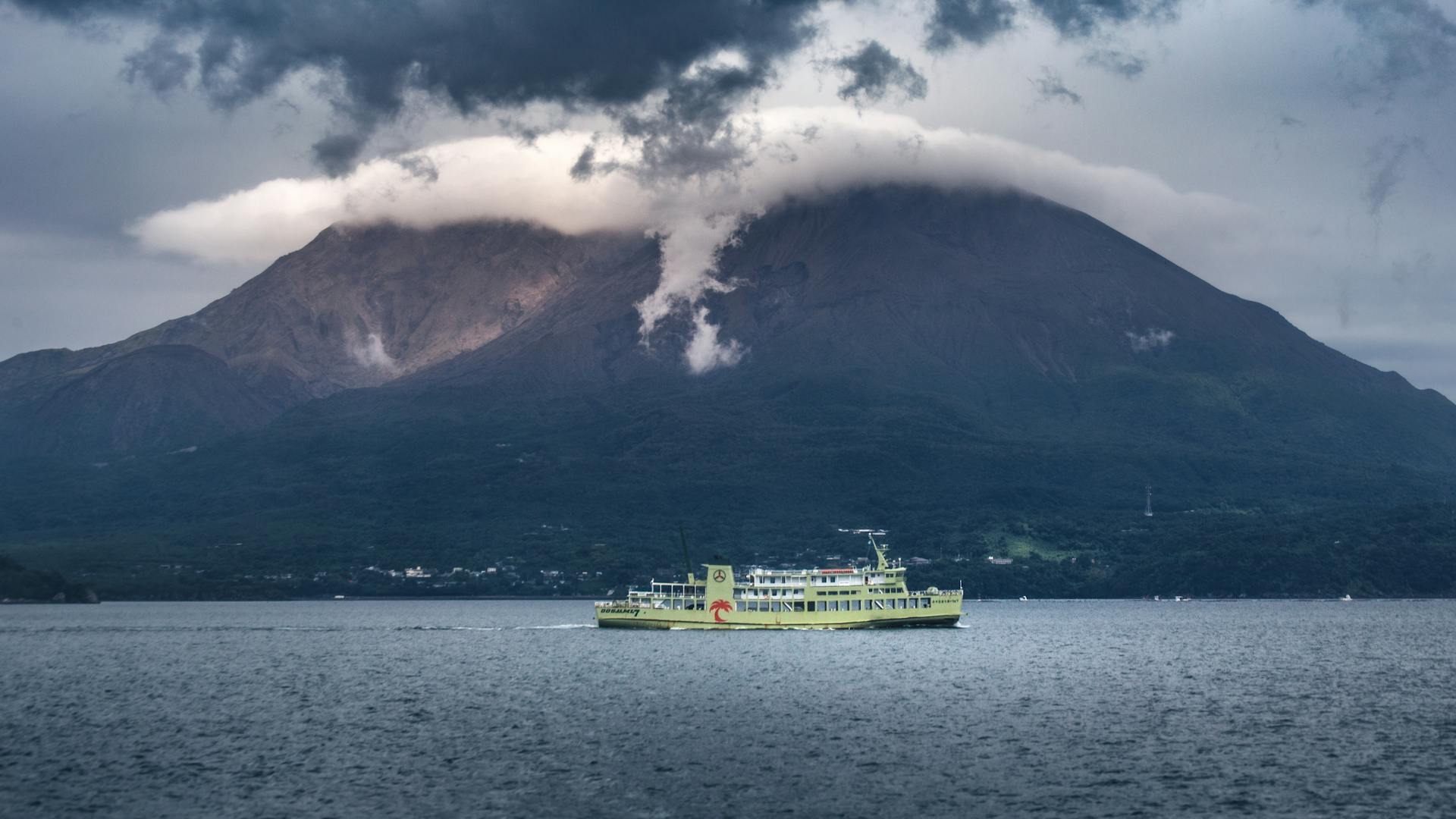
The Taku was built in 1963, and its 352-foot length made it a familiar sight in the Inside Passage between Skagway and Prince Rupert, British Columbia.
The ship carried countless passengers, including Bill Hopkins, who worked on the Taku from 1977 to an unknown date, taking on various roles such as chief mate and captain.
The Taku was pulled out of the transportation system in 2015 due to budgetary concerns, but it still had a few more years of service left.
Travelers whiled away afternoons in the cafeteria or watched for whales as kids played arcade games and slept among reclining chairs on the Taku.
The ship's departure was met with sadness, with some people gathering to say goodbye, including Bill and Wynn Hopkin, who both worked aboard the Taku.
The Taku left Ward Cove in southeast Alaska Tuesday morning and is headed for Singapore, marking the end of its service in Alaska.
The ship's captain, John Falvey, called the sale "bittersweet", saying it was hard to see the departure of the "beloved ship."
Trip Report: Ketchikan to Juneau

We took the m/v Taku from Ketchikan to Juneau and stayed at the Best Western Landing hotel, which has free wireless and a great breakfast spot.
The hotel is conveniently located right across the street from the ferry terminal, so you can walk there easily.
We rented a car from Budget, located at Skinner Sales and Service, and had lunch at the Cape Fox Hotel, which has a neat tram that goes down to the Creek Street Historical district.
Visit Soho Coho, Ray Troll's art gallery, and be sure to stop by the information center on the Tongass National Forest, which is right downtown.
For our ferry ride, we opted for a cabin on the route, which cost $107 for two people with full bath facilities, plus an additional $106 each way per adult.
You can bring your own snacks on board, but we also enjoyed the food available, and I recommend bringing good binoculars to spot whales, birds, and other interesting sights along the way.
The ferries are being upgraded, with the Malaspina already having free wireless internet, and the Taku featuring a self-service espresso machine.
If this caught your attention, see: Mv Coho Ferry
Sources
- https://en.wikipedia.org/wiki/MV_Taku
- https://www.adn.com/alaska-life/2018/05/03/this-photo-shows-the-sad-end-to-a-beloved-alaska-ferry/
- https://www.wikiwand.com/en/articles/MV_Taku
- https://alaskatravelgram.com/2008/08/16/trip-report-mv-taku-between-ketchikan-and-juneau/
- https://www.juneauempire.com/news/ferry-taku-in-service-for-50-years-leaves-alaska/
Featured Images: pexels.com


